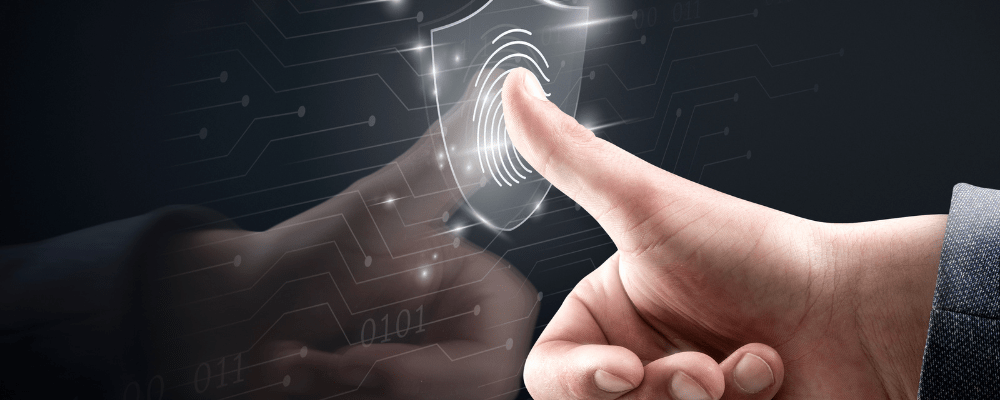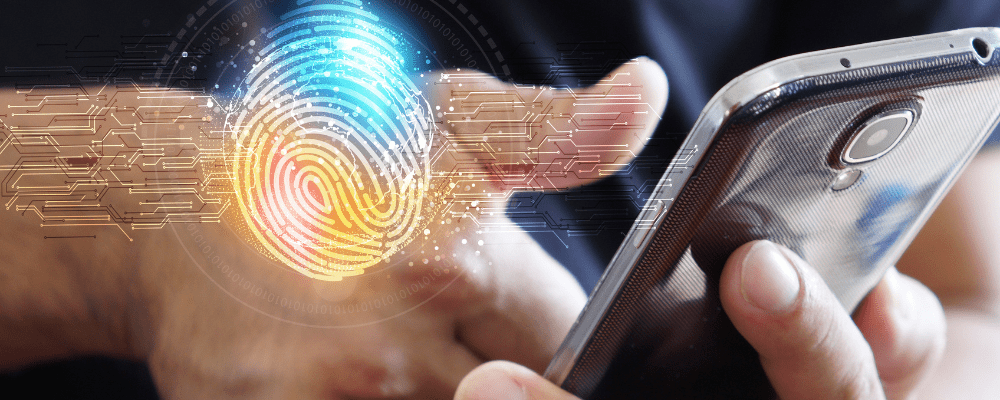Biometric authentication, a cornerstone of modern security protocols, has rapidly evolved in recent years. In this comprehensive guide, we will discuss the technical intricacies of biometric authentication, aiming to provide a solid foundation for tech experts like you. From fundamental principles to advanced techniques, this blog will equip you with the knowledge to implement robust biometric authentication systems.
Understanding the Basics of Biometric Authentication
Biometric Authentication Fundamentals
Biometric authentication is a multifaceted technology that relies on unique biological or behavioral characteristics to verify user identity. These characteristics include fingerprints, facial recognition, iris scans, and more. Understanding the core principles of biometrics is crucial for building a solid foundation in this field.
Types of Biometric Authentication Methods
In biometric authentication, several methods stand out as reliable and widely adopted means of verifying an individual’s identity. Today’s most prominent and sophisticated techniques include fingerprint recognition, facial recognition, and iris scanning. In this section, we will delve into the technical details of each method, exploring their unique aspects, capturing processes, and the algorithms and sensors that make them effective.
Fingerprint Recognition
Fingerprint recognition, a classic and highly reliable biometric method relies on the uniqueness of a person’s fingerprint patterns. The technical aspects of fingerprint recognition encompass several crucial components:
- Image Capture: The process begins with capturing an individual’s fingerprint image. It is typically done using optical or capacitive sensors that record the ridges and valleys on the fingertip.
- Minutiae Extraction: Fingerprint recognition algorithms extract minutiae points, such as ridge endings and bifurcations, which serve as unique features for matching.
- Template Creation: The minutiae points are used to create a unique fingerprint template that can be stored and compared during authentication. Templates are usually held in a secure database.
- Matching Algorithms: During authentication, the captured fingerprint is compared with the stored template using matching algorithms. Various algorithms, like the minutiae-based and pattern-based methods, are employed for this purpose.
- Sensors: Different types of sensors are used for fingerprint capture, including optical, capacitive, and ultrasonic sensors. Each type has its technical characteristics, affecting accuracy and usability.
Facial Recognition
Facial recognition technology has gained prominence recently thanks to machine learning and computer vision advancements. The technical components of facial recognition include:
- Image Acquisition: Cameras capture images of a person’s face, which are then processed for recognition. Image acquisition quality plays a crucial role in the system’s accuracy.
- Feature Extraction: Deep learning models are often used for feature extraction. They map facial features into high-dimensional vectors, representing the unique aspects of an individual’s face.
- 3D Mapping: To enhance accuracy, some facial recognition systems use 3D mapping to create a 3D face model, which allows for recognition even when lighting conditions or pose changes.
- Matching Algorithms: Similar to fingerprint recognition, facial recognition employs matching algorithms to compare the captured face with stored templates. Techniques like eigenfaces and deep neural networks are commonly used.
- Liveness Detection To prevent spoofing, facial recognition systems may incorporate liveness detection methods that analyze factors like blinking and facial movements.
Iris Scanning
Iris scanning is renowned for its high accuracy and has applications in highly secure environments. The technical intricacies of iris scanning are as follows:
- Image Acquisition: Iris recognition begins with capturing an image of the eye’s iris, typically using near-infrared illumination to capture the unique patterns.
- Iris Segmentation: The captured image is processed to segment the iris from the surrounding structures like the sclera and eyelids. It is a critical step for accurate recognition.
- Feature Extraction: The iris pattern is then transformed into a numerical template that represents the unique characteristics of the iris.
- Template Creation: This template is securely stored and is a reference for future authentication.
- Matching Algorithms: Matching algorithms, such as Daugman’s algorithm, are applied to compare the captured iris with the stored template, ensuring a high level of accuracy.
These biometric authentication methods, each with its technical intricacies and unique advantages, are essential components of modern security systems. Understanding the technical aspects of these methods is critical for tech experts seeking to design and implement secure authentication systems.



